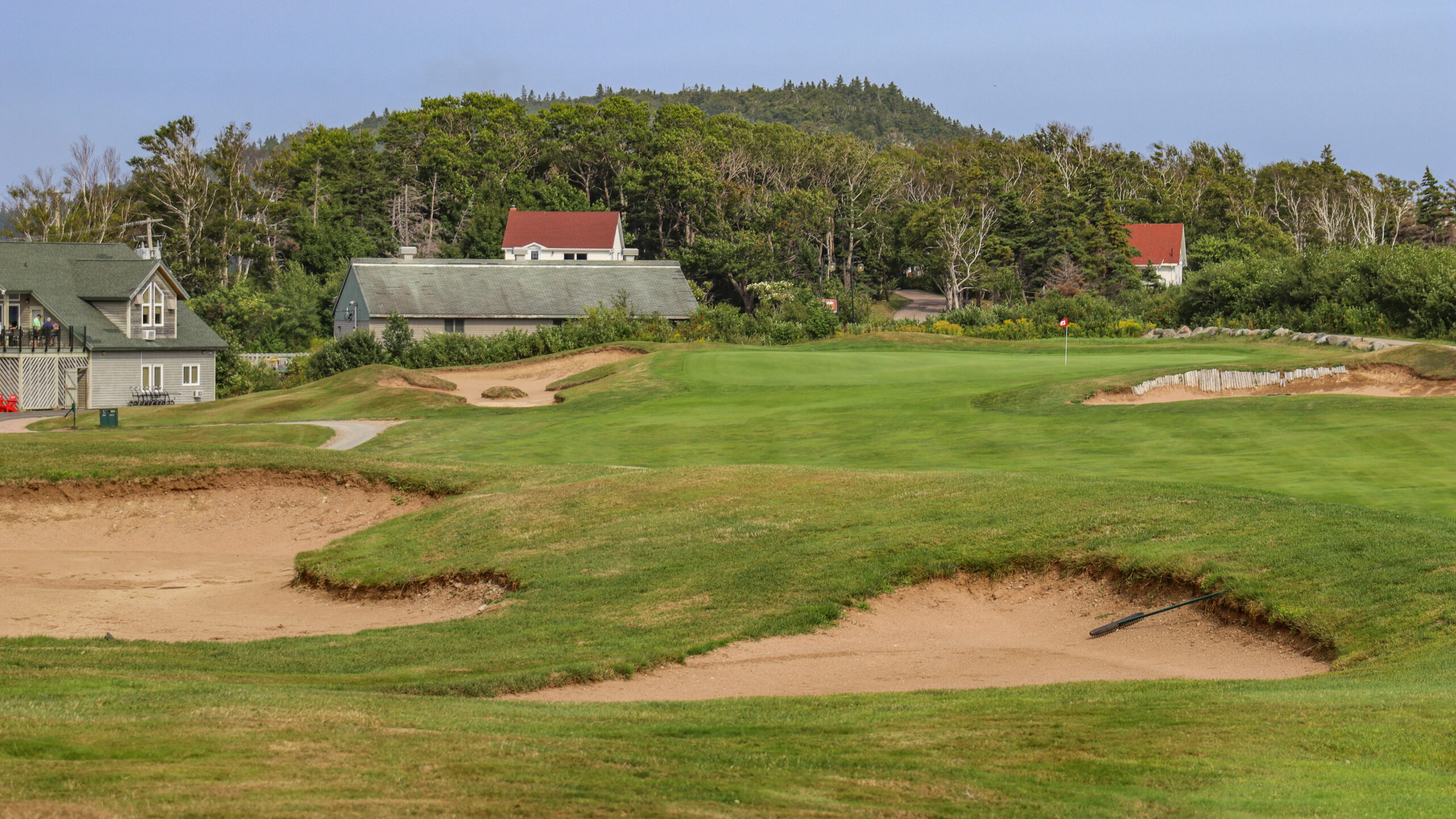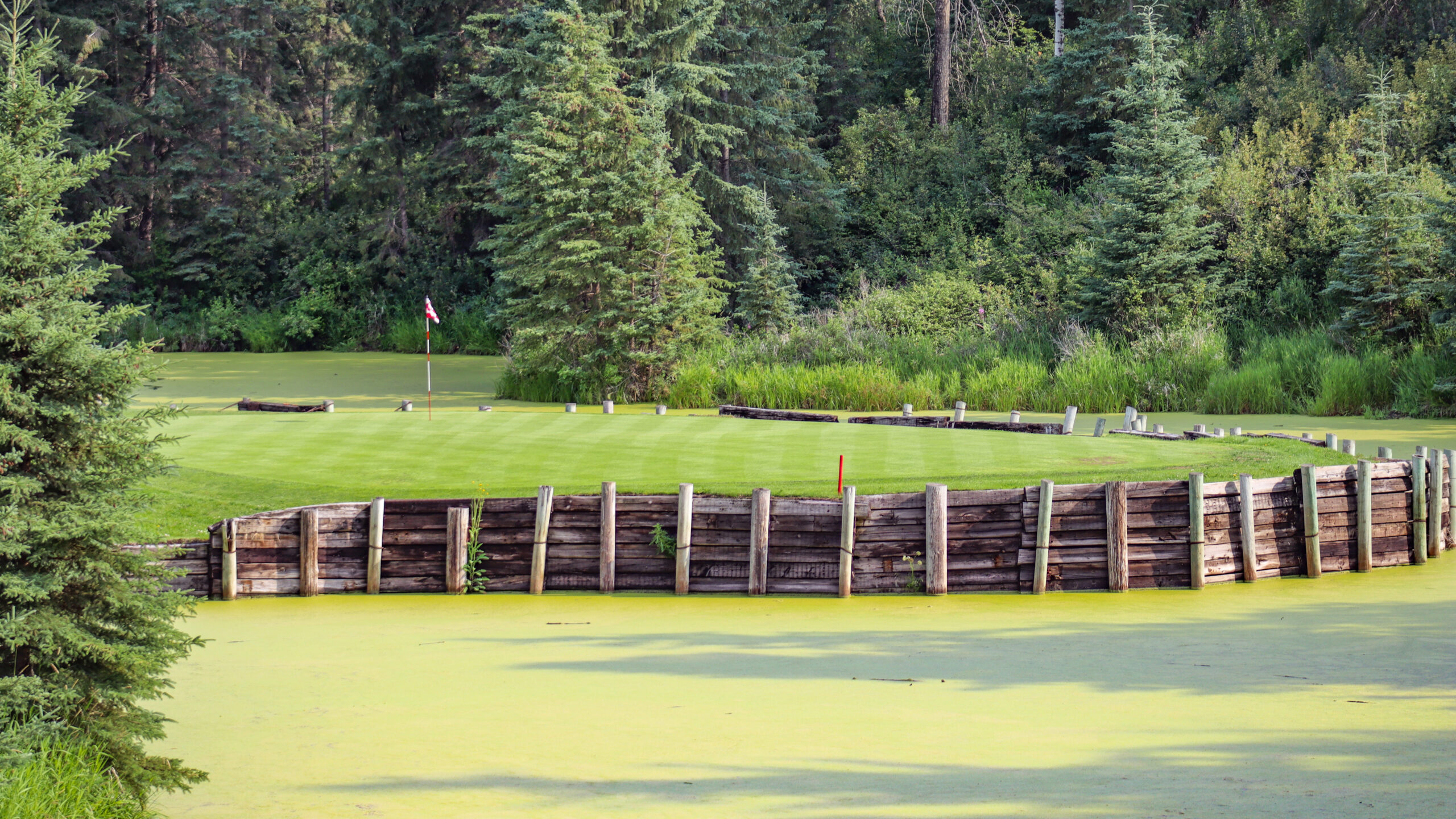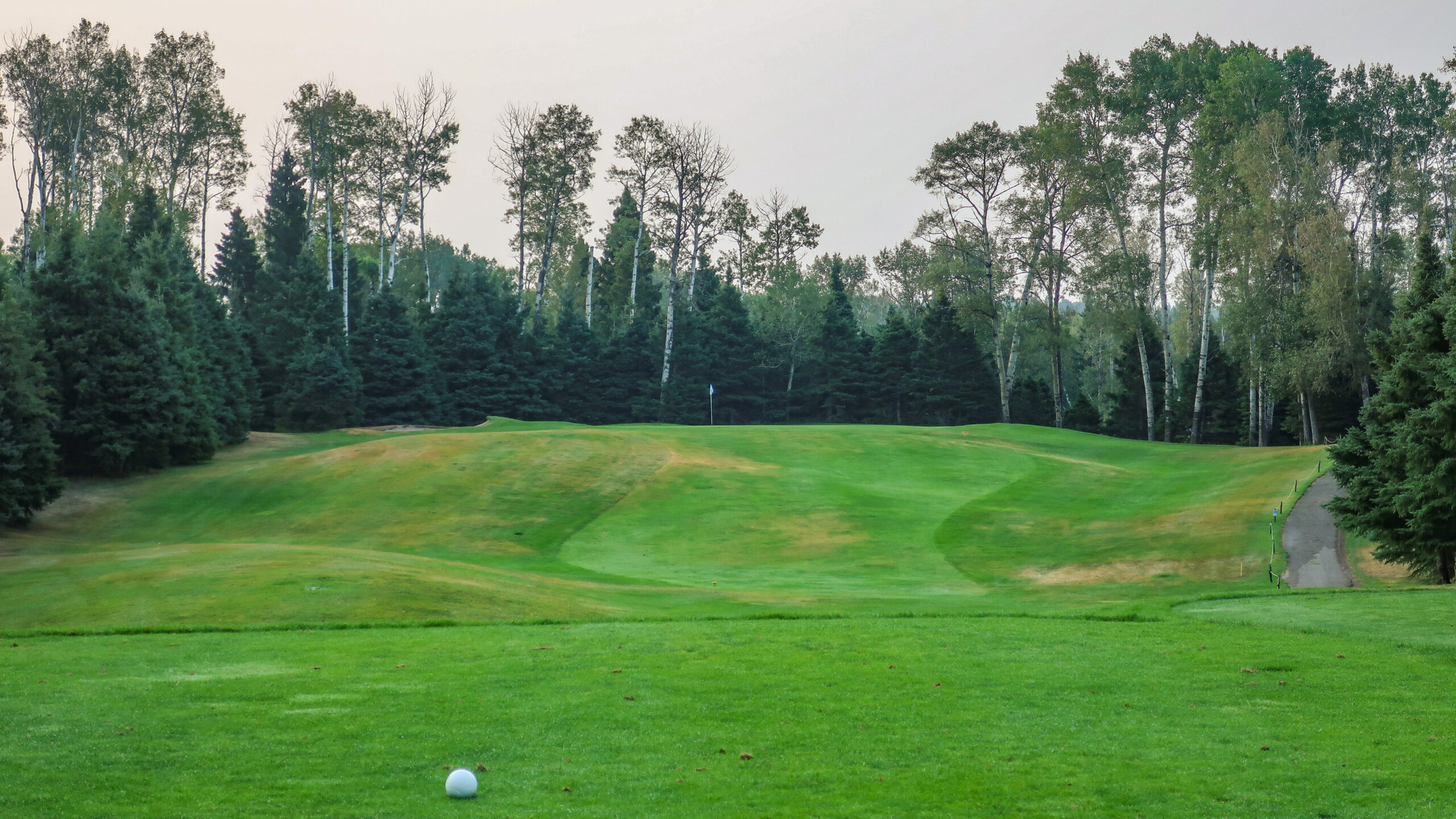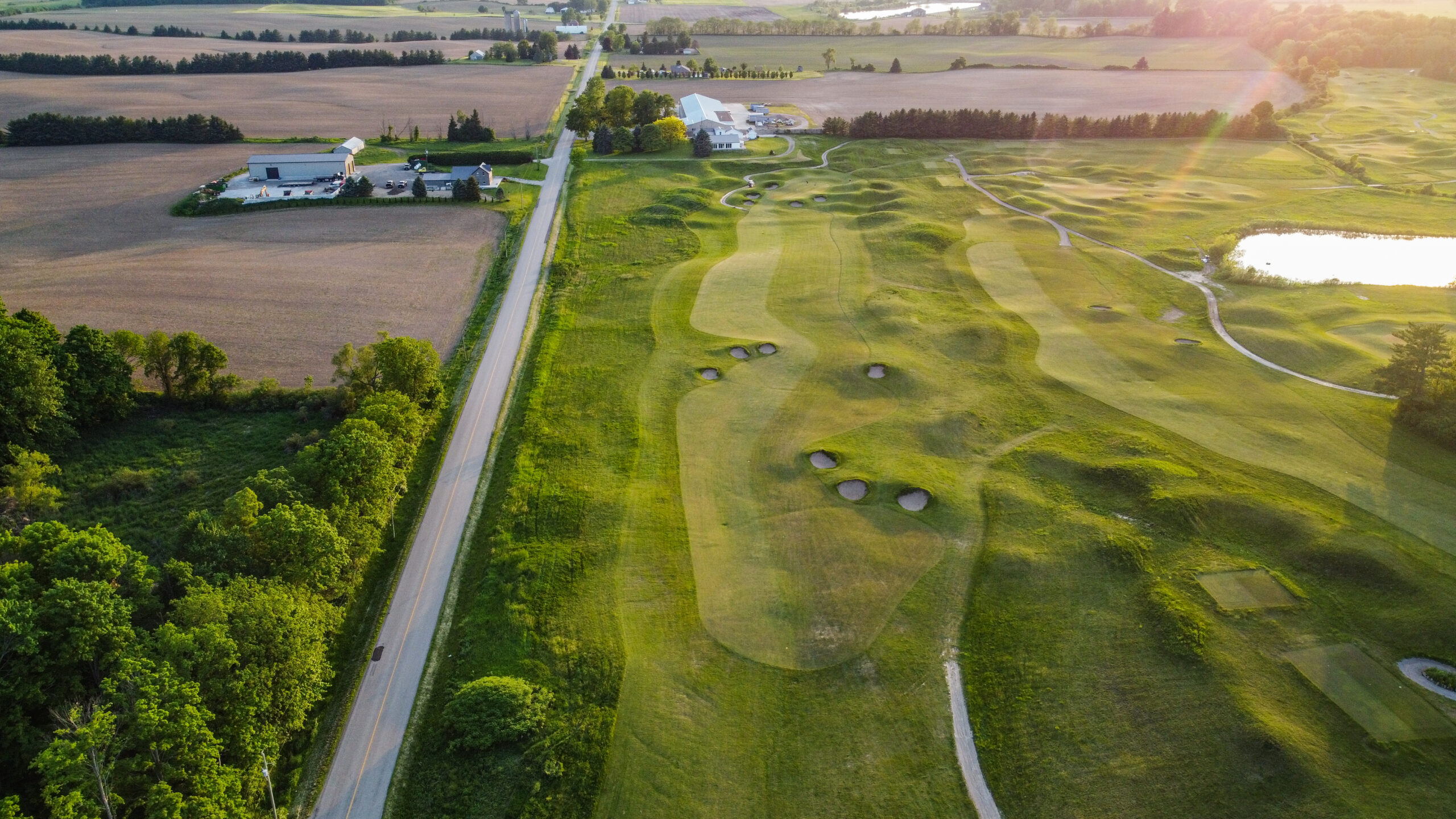For those architecture aficionados, Ran Morrissett’s 147 Custodians (+3) is a quintessential rankings piece with a different ideology than the standard lists that ask raters to assess “difficulty,” “ambience,” and other random categories in hopes of identifying the “best” golf course is.
As a native Canadian, viewing this list has always been an interesting list to revisit as Canada has the fourth most golf courses on the list, trailing only Scotland (15), England (23), and the United States (75). Rather than the standard practice of simply seeing the two courses at Cabot Cape Breton and potentially St. George’s on a Top 100 list, Morrissett identifies a quality seven that he thinks uphold the spirit of the game. Below are the seven:
- #26, Cabot Cape Breton (Links)

Sacrilege not to have one of Thompson’s Big Five as the best in the country, and I am biased, but after 40+ rounds, I contend that Rod Whitman’s work, especially 30 yards and in to the greens, is supreme, as amplified by the fescue fairways. One of the game’s top dozen set of two-shot holes and example no. 2 after Royal Melbourne of the advantages of a slow build.
- #36, Banff Springs

The golfer alternates between being awed by four majestic elements: the immediacy of the Canadian Rockies, the Bow River, the castle-like hotel and Thompson’s architecture. Impossible to want more!
- #43, Cabot Cape Breton (Cliffs)

Unless you like cliff top holes or playing over ravines, or holes through dunes, or inland ones over rivers, then this course isn’t for you. The winds off the Gulf of St. Lawrence exacerbate the elastic nature of its 6-6-6 combination of pars, providing indelible moments. My favorite hole rotates between the most obvious (e.g. the impossibly glorious 2nd) or the least likely (e.g. the inland 11th) or the most controversial (e.g. the 17th where your tee ball may finish ~50 yards from where you initially look).
- #50, Toronto Golf Club (Colt)

When you are the best at what you do, proving so need not take so long (think Secretariat at Belmont). Harry Colt only made a couple of visits to North America but his work at Pine Valley and in the great Industrial cities of Chicago and Detroit proved transformational. Likewise, just north across the border, Colt was given a stunningly wonderful piece of property and the Maestro wasted little time in devising a series of holes that took maximum advantage of the course’s ravines and interesting landforms. The addition of Paul Scenna as Green Keeper and his subsequent work to reveal the property’s majestic elements evelate this course into the upper echelon of Colt’s work.
- #60, Jasper Park Lodge

George Thomas described in 1929 why you should love this course. Nothing has changed since.
- #91, Capilano

A cheery start with the first six holes played downhill gives way to even better golf as Stanley Thompson transports the golfer back uphill without the golfer ever realizing it. Its four hole closing stretch cements it as one the most admirable designs on the west coast of North America.
- #106, St. George’s

Very few—as in perhaps none—clay courses feature this kind of land movement, which proves the perfect canvas for Thompson’s theatrics.
Debate the order all you want, particularly Banff Springs, but Americans have always been fond of it, but these are, in my opinion, 7 of the top 8 golf courses in the country and Ran nailed it (the absence of Cape Breton Highlands Links fools nobody with conditioning issues in recent years, although adequate in 2022 and 2024 when I visited). To me, these golf courses clearly uphold the spirit of the game in this country, and should be mandatory for Canadian architecture fans to seek out. Below is the criteria in which Morrissett judged the courses:
These are courses where you aren’t meant to hunt for balls in tall grass with your head down. They must be walkable. The focus is on the kind of features that are fun and engaging to play on a regular basis. As a consequence, width, playing angles and strategy are paramount. This is the time-tested recipe for pleasurable golf among all classes of golfer. Courses that struggle to reach 35 yards in fairway width are absent; so too are courses with poor mow lines that preclude balls from running into bunkers. Courses that fare the best on this list combine design attributes for the thinking golfer with features that connect man to nature. Imitation being the sincerest form of flattery, courses which have influenced (or should influence!) the direction of architecture are prized. The opportunity to play artful recovery shots is crucial; an abundance of water hazards invites exclusion. A club with no tee times is to be savored, but so too is the feeling of being in the mix with fellow golfers at a bustling resort.
With this in mind, what else could make the list? Or perhaps, which courses in Canada would be next up? Here are seven selections which I think could make it in the future. No different from the 147 Custodians, these are not necessarily the best golf courses in the country. Rather, these are seven places, alongside the seven that Morrissett singled out, that both keep the spirit of golf alive by his set of criteria, but represent Canada in a proper manner.
Cape Breton Highlands Links — Ingonish, Nova Scotia

Sure, it is overgrown and the conditioning can be spotty, but no golf course in Canada can keep up with the opening stretch (1-8) and the closing few (13-18) here, and had the middle stretch been slightly stronger, this would be an easy choice for Canada’s best golf course. Aside from that, the contours, from the rollicking 7th to the split 15th or the unpredictable 16th are the most enjoyable in the country, and Thompson’s greens are the best of any golf course he designed.
Wolf Creek Golf Resort (Old) — Ponoka, Alberta

As time goes on, I become more and more enthralled with Rod Whitman’s first solo design, but that is perhaps because my appreciation for Pete Dye grows, too. The set of greens here are wild and small, and the fairways, while more narrow than the rest of the list, provide adequate angles depending on certain pin locations. The education of a Canadian golfer is not complete without a trip to the Old.
Club de Golf Grand-Mère — Shawinigan, Québec

The combination of Walter Travis and Charles Hugh Alison is rare in the world of golf, but being able to play both architect’s flavour, on a property that sees canyons and heathland-ish features and virtually untouched is something entirely unique to Grand-Mére. The set of greens is obviously excellent from two of the more proficient architects of all time, but the strategy off the tee, from the swooping 18th, to the strategic 9th or risk-reward 4th makes this the best value in Canada.
Waskesiu Golf Course — Prince Albert National Park, Saskatchewan

Finding contours to rival that of the old world or Cape Breton Highlands Links is a true rarity in Canada, which is dominated by clay and rock. At Waskesiu, however, the golf course heaves through the wilderness to produce riveting, and unpredictable golf.
Mount Bruno Country Club — St-Bruno-de-Montarville, Québec

A club full of rules and tradition, but that includes upholding Willie Park Jr.’s set of greens, which draw similarities to Somerset Hills in New Jersey. Massive ridges, slopes, rippled contours and more provide a dramatic example of how much a set of greens can make a golf course better, all while it dances up and down the French mountainside.
Victoria Golf Club — Oak Bay, British Columbia

Seaside golf is synonymous with sand, but at Victoria, A.V. Macan’s masterpiece dances atop the cliffs overlooking the Pacific Ocean. The greens are varied, from the wicked slope on the 3rd to the hummocks buried under the 7th and everything in between. Even if the routing is a bit of a firing range with safety issues given the small footprint, a day at Victoria is among the most enjoyable in Canada.
Tarandowah Golfers Club — Avon, Ontario

Modern golf courses in this country are often a waste of land, resources, and space, but at Tarandowah, the faux-links in the farmland near London, Ontario bounces, rolls, twists and turns as it produces some of the most enjoyable golf in the province. Rather than soft mush at some of the GTA public courses, Martin Hawtree’s architecture is perfectly married to the turf conditions that showcase contour unlike anywhere else. This is worth the 2 hour drive from Toronto.









Leave A Comment